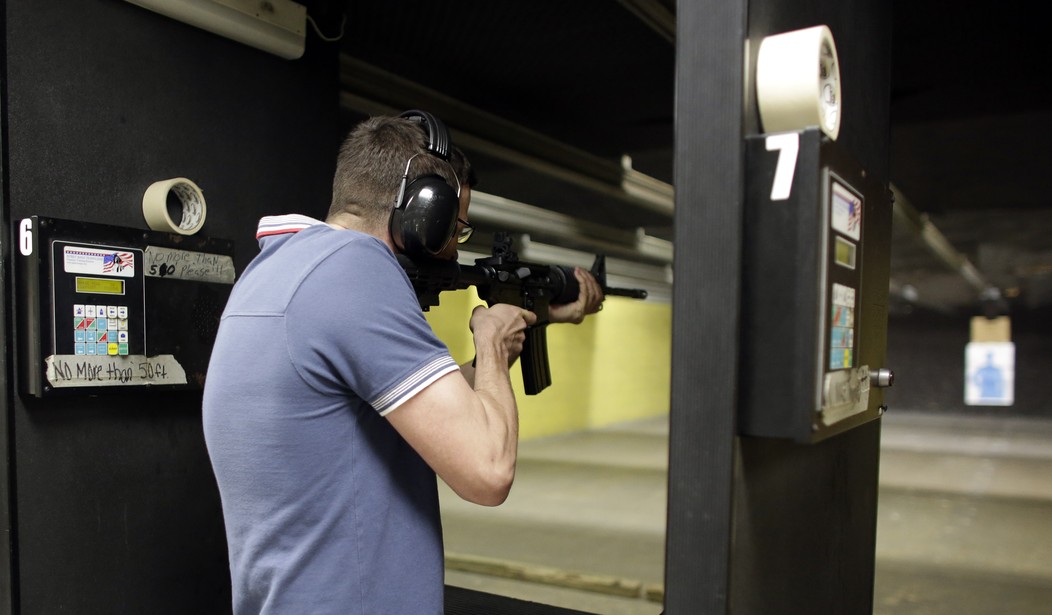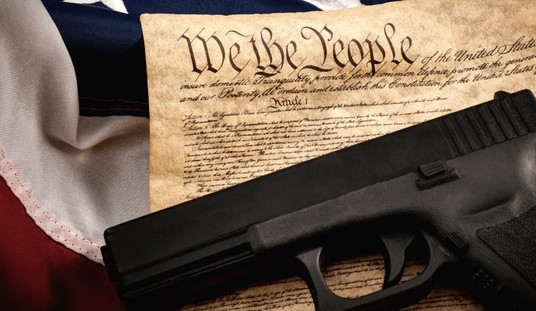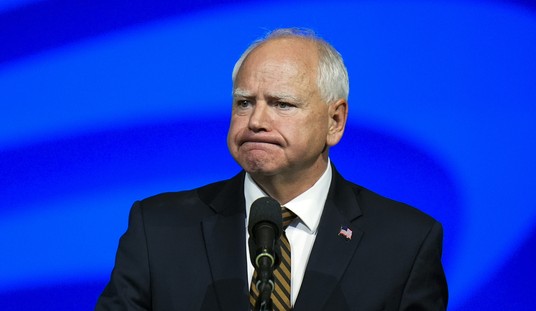The AR-15 is the most popular rifle model in America. While people also still buy plenty of bolt- and lever-action hunting rifles, the semi-automatic AR-15 sells better than pretty much anything else out there.
It didn't used to be this way.
As a kid, my dad would take me to gun shows where so-called assault weapons were rare. They were present, of course, and the first time I saw one I was shocked that it was something a person could buy, but that was because it looked the M-16s the military used. I didn't understand it wasn't the same weapon.
How did it gain in such popularity? The government tried to ban it.
We've been saying this for years, warning people that trying to ban a model of firearm is the surest way to make it insanely popular.
It seems someone at The Trace finally listened.
The 1990s brought federal gun reform to the United States for the first time in 25 years, starting with the Brady Bill, which passed in 1993 after a seven-year slog through Congress. The foundational gun law required licensed gun dealers to conduct background checks nationwide for the first time.
But there were gaps in the law, one of which — the so-called gun show loophole — allowed the Columbine killers to get guns. Closing this loophole could have prevented the shooting, and a dedicated band of lawmakers in Congress tried repeatedly in the years before the massacre, but were thwarted by the gun lobby.
Meanwhile, the federal assault weapon ban, which passed a year after Brady and lasted a decade, prohibited the purchase of certain types of semiautomatic rifles. But it had the unintended consequence of making the guns more popular. Sales of AR-style rifles exploded after the election of the nation’s first Black president, and today they’re a unifying symbol of the far right. They’ve also been used in some of the deadliest shootings on record.
Now, of course, they spend a great deal of time treating this like it's a bad thing, plus they push the whole "gun show loophole" thing, but it's kind of refreshing that they can at least acknowledge that one of the unintended consequences of the 1994 Assault Weapon Ban was that it made the AR-15 so much more popular.
See, the American people tend to not like it when things are banned or even heavily restricted. While some welcome a given restriction with open arms, it's usually something they already disfavored from the start.
For the rest of us, we often find that something we didn't want suddenly becomes desirable. For example, I had absolutely no interest in bump stocks until anti-gunners started crusading to ban them and there was a strong chance of that happening.
It wasn't just the desire to ban that triggered it, but the idea that it was probably going to happen.
With the assault weapon ban, tons of people bought the guns simply because a large group of people wanted them banned. They wanted the forbidden rifle.
They keep buying them, though, because they're good guns. They're comfortable to shoot, adaptable to whatever it is you want to use one for, and viable for anything from self-defense to hunting, contrary to what some anti-gunners try to claim.
Without the assault weapon ban, the rifle's popularity would never be what it is today.
Yet where The Trace goes off the rails--and you knew they were going to go off the rails--is in trying to link this popularity to the increase of these weapons being used in mass homicides.
Yes, they're popular, but I think much of the "credit" for that has to go to the media.
After all, the media is the entity that keeps pushing the narrative that you can kill more people with an AR-15 than anything else has got to accept some responsibility if would-be mass killers listen to them.
But the popularity of the AR-15? The assault weapon ban had a lot to do with it, and it's not going to get better if you try to ban them all over again.








